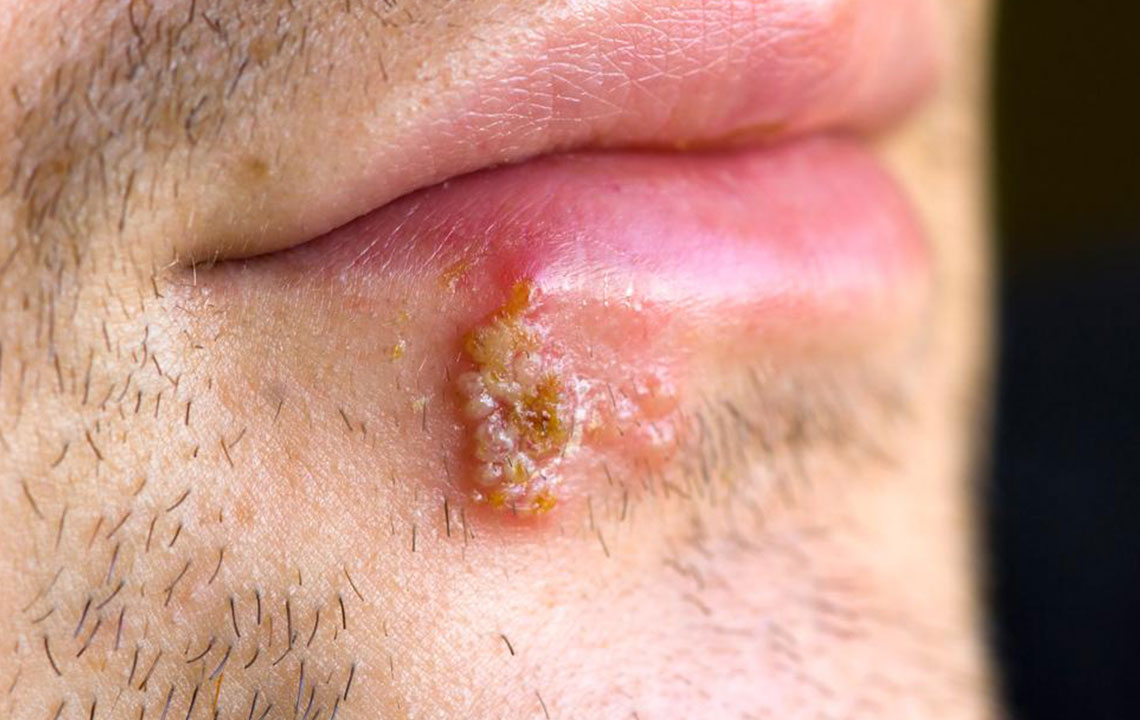Comprehensive Guide to Recognizing Common Symptoms of Herpes Infection
This detailed guide explores the common symptoms of herpes infection across different body parts, emphasizing early recognition and treatment. From oral cold sores to genital blisters and serious complications like encephalitis, learn how to identify signs of herpes and when to seek medical care for effective management and prevention.

Understanding the Key Signs and Symptoms of Herpes Virus
Herpes is a widespread and highly contagious viral infection caused by the herpes simplex virus (HSV). This virus can infect various parts of the body, leading to a range of symptoms that can vary significantly from person to person. While some individuals experience prominent signs such as sores or blisters, others may remain asymptomatic, unaware of their infection. Recognizing these symptoms early is crucial for managing the condition, preventing transmission, and seeking timely medical care. The herpes virus includes two primary types: HSV-1, typically associated with oral herpes, and HSV-2, commonly linked to genital herpes. The presentation and severity of symptoms can differ depending on the strain and the site of infection.
Herpes symptoms can manifest in various forms depending on the infected area. Recognizing these signs allows individuals to identify potential infection early and seek appropriate treatment. Below, we'll explore the most common symptoms associated with different herpes infections, including oral, genital, eye, finger, and more serious brain-related complications.
Oral Herpes: Cold Sores and Fever Blisters
One of the most recognizable signs of herpes infection is oral herpes, caused predominantly by HSV-1. This type of herpes manifests as painful sores or blisters around the lips, mouth, and sometimes inside the oral cavity. These sores are commonly known as cold sores or fever blisters. They can appear as clusters of small, fluid-filled blisters that eventually crust over and heal. Often, individuals experience prodromal symptoms such as tingling, itching, or burning sensations in the affected area before the blisters appear. This early warning phase is crucial for early intervention.
Genital Herpes: Painful Blisters and Discomfort
Genital herpes, primarily caused by HSV-2 but increasingly also by HSV-1, is characterized by painful or itchy blisters in the genital and anal areas. These blisters are typically small, fluid-filled, and tend to break open over time, forming open sores that can take several days to heal. Common symptoms accompanying genital herpes include:
Painful urination or a burning sensation while urinating, especially if urine comes into contact with sores
Swelling and redness in the affected area
Itching, discomfort, or a feeling of pressure in the genital region
Flu-like symptoms such as fever, headache, fatigue, and swollen lymph nodes
General malaise and loss of appetite during outbreaks
Herpes Keratitis: Eye Infection Symptoms
Herpes keratitis is an eye infection caused by HSV, leading to symptoms such as eye pain, redness, sensitivity to light, and a gritty sensation in the eye. It may cause discharge and blurred vision if left untreated. Recognizing these signs promptly is essential to prevent vision damage.
Herpetic Whitlow: Infection of the Fingers
This painful finger infection often results from autoinoculation, where the virus spreads from other infected areas. Symptoms include swelling, redness, tenderness, and blisters on the fingers or around the nails. Patients may also experience fever and swollen lymph nodes.
Herpes Encephalitis: A Serious Brain Infection
Herpes encephalitis is a rare but severe complication where the virus infects the brain tissue. Symptoms include confusion, altered mental state, seizures, and decreased consciousness. This condition requires immediate medical attention to prevent serious neurological damage or death.
Diagnosis of herpes infections can be confirmed through blood tests, polymerase chain reaction (PCR) tests, or visual inspection of sores and blisters. Early diagnosis and treatment are vital for managing symptoms, reducing outbreaks, and preventing transmission to others.
Conclusion: The Importance of Recognizing Herpes Symptoms
Herpes infections present with a wide range of symptoms that can sometimes be subtle or mistaken for other skin or mucous membrane conditions. Being aware of the common signs such as cold sores, genital blisters, eye discomfort, and finger infections can help in early detection and treatment. If you notice any symptoms resembling herpes, consulting a healthcare professional promptly is essential. Early intervention with antiviral medications can significantly reduce the severity and frequency of outbreaks, along with minimizing the risk of transmission. Moreover, practicing safe sexual behaviors and maintaining good hygiene are vital preventive strategies to curb the spread of herpes simplex virus among communities.





